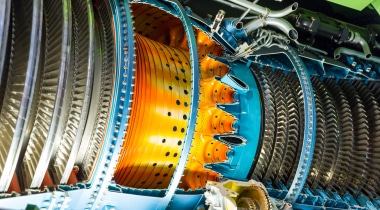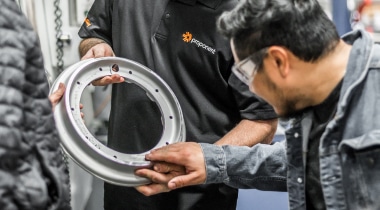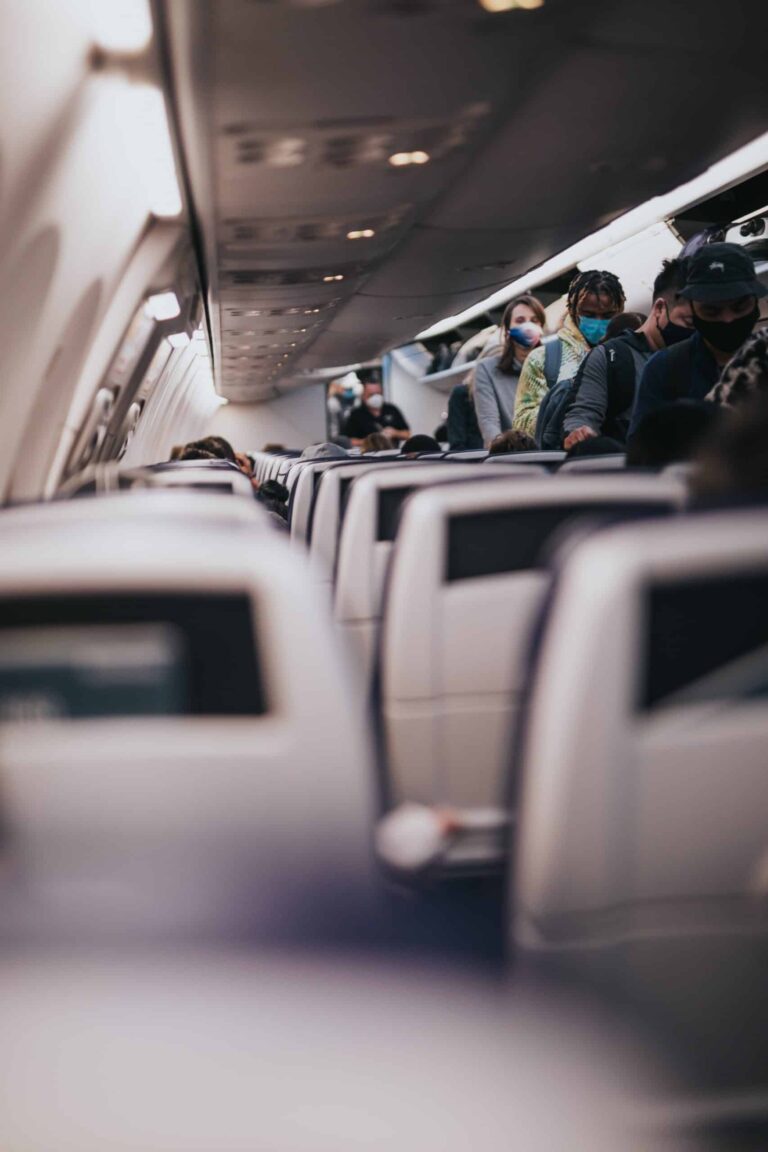In February, one of the biggest headlines coming from the aviation industry was news that Southwest Airlines had to ground 128 of its Boeing 737’s and cancel scores of flights as a result. The Dallas Morning News reported, via a statement from a Southwest representative, that the airline had failed to perform a required maintenance check on the standby aircraft hydraulic systems of the grounded planes.
And while the FAA eventually allowed Southwest to use the planes for up to five days while the airline corrected the oversight, the effects of this issue could have lasting repercussions. Just about every major news outlet picked up the announcement, from CNN to the Wall Street Journal. Embedded within a number of those stories was a reminder of the FAA’s June 14, 2014 announcement that they would attempt to collect a $12 million civil penalty from Southwest for three other maintenance-related infractions. A Nasdaq.com article, reporting a 2% drop in share price on the day after Southwest’s February 24 announcement, reached all the way back to 2009 to cite another Southwest FAA maintenance inspection fine.
This latest news blitz is just the most recent illustration of the importance of commercial aviation maintenance, repair and overhaul (MRO) and its impact on perceived risk and brand loyalty. An MRO department or third-party provider not only keeps the planes and passengers flying safely, but by completing scheduled maintenance checks and repairs on deadline, the MRO department can have a big effect on the perceived value of the airline.
Potential customers don’t see the hundreds of checks, the reams of maintenance logs or the vast number of people working together to keep an airline’s fleet running without issue. They only see the big headline when an oversight happens. When everything is running smoothly, no one notices—and that’s how it should be. But making this happen is no simple task.
Commercial airlines have their work cut out for them. Chapter 8 of the FAA’s Aviation Maintenance Technician Handbook details the voluminous routine and special required inspections. There’s pre-flight and post-flight inspections, 100-hour, progressive and continuous inspections. There’s the referencing of maintenance logs and data logs, and airframe structural inspections requiring electromagnetic and ultrasonic tests, among others. In addition, there are also special inspections, which occur with events such as lightning strikes, fire damage or flood. Then there are emergency airworthiness directives to correct unsafe conditions surrounding particular products.
Flight passengers have a one in 11 million chance of being killed in an airplane crash—but despite the fact that being in a crash is highly unlikely, risk perception is everything. According to a Campbell Institute report on Risk Perception Theories, Strategies and Next Steps, “people are more likely to protect themselves when they anticipate negative consequences, have the desire to avoid them and feel they have the ability to take preventive measure.” (p. 5) A highly publicized non-completion of maintenance checks sends the message that passenger safety isn’t a top consideration. A result of this can be an increase in perceived risk and thus a drop in brand loyalty. The potential result? Passengers choose to fly with another airline.
Completing safety checks and maintenance checks on time can help commercial airlines curb adverse risk perception and aid in developing perceived value. This measure can help commercial airlines avoid negative press and its attendant drop in stock while also curtailing the greater perception that they are ignoring the safety concerns of their passengers.
Here at Kapco Global, we are working hard every day to make sure commercial airline MRO departments have the supplies they need to function at their best. To find out more about what we do, visit our About page.


















